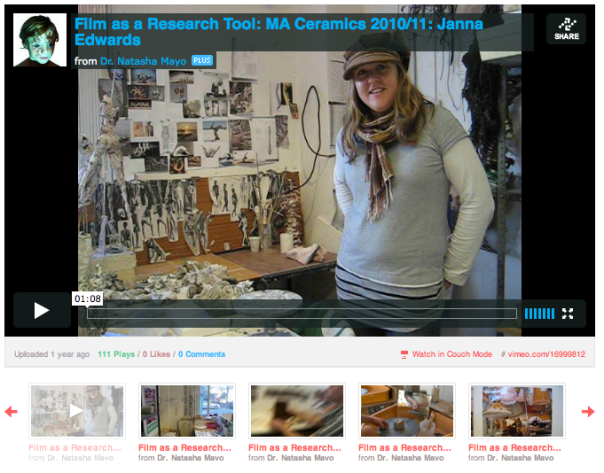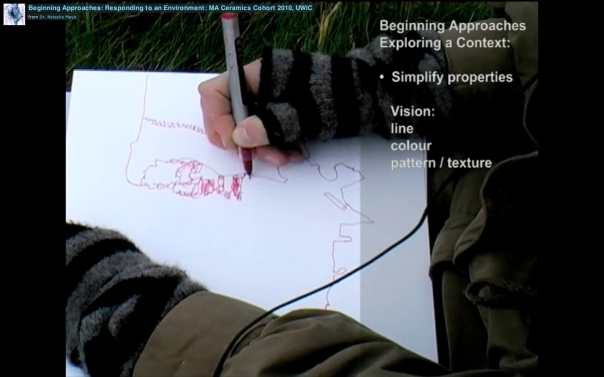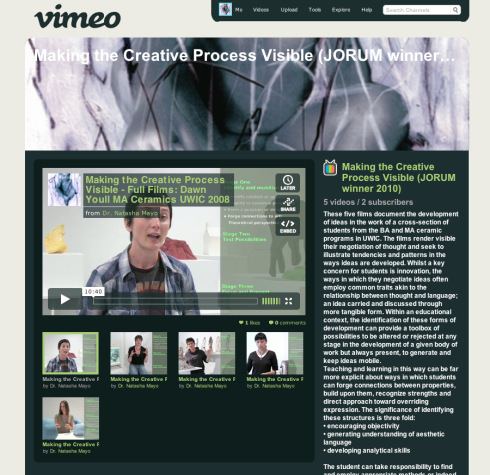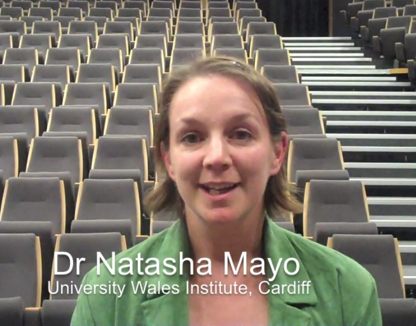“Whether slow or quick, moving or still, the camera captures the multiple facets of a glance and the anxieties of the creative mouth and lips of so many artists and crafts workers that we dare not glimpse alone. Poetically modest, sometimes audacious and violent, animated images can sometimes help us to grasp the unfathomable dimensions of creation“, wrote Loul Combres, Artistic Director, in the editorial for the Ceramic and Glass Film Festival’s 10th anniversary.
Students were asked to consider what approaches they used at the beginning of a body of work. In that spirit, they were asked to be aware of and experiment with various practical methods to help their creative thinking and its communication. An important part of this was to carry out some basic video work.
Brief:
In pairs using your standard digital camera’s video setting (or phone…etc) take no more than one minutes footage of either (a) a piece of artwork you are going to write about or (b) an aspect of your practice which you are currently exploring. You can interpret ‘footage’ as broadly as you like. Then write up to 250 words describing the process of recording, the experience of viewing it or both.
Remember to think of the entire exercise, the equipment, the videoing process, looking through the camera, working in pairs, how you feel when recording and after, talking on camera, the environment you are recording in…etc. Video is unique because it encompasses sound and moving-images remember this when you are recording and reflecting. Once you start to examine how video can aid your creative approaches you might find there is a lot to talk about!
Unfortunately technology differs from camera to camera so to save time please have your clips either loaded onto your memory sticks in WMV or MOV format. Can you also copy ALL the clips onto one memory stick, this will save time reloading etc.
Dos and Don’ts
Don’t: get caught up on technicalities: this is a practical exercise so you can experience first hand some of the issues involved in videoing aspects of your practice.
Do: Make it specific to you and your interests.
Do: Think about the ways filming is different from other methods, if at all.
Do: Reflect upon the entire process of filming from the start to viewing the final footage this should be done immediately.
Don’t: worry to much about ‘quality’ .
I am very much looking forward to seeing what each of you come up with and discussing your results.









